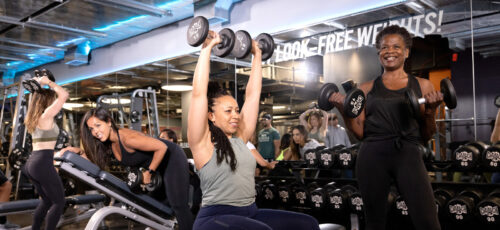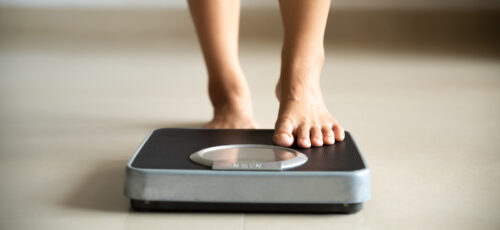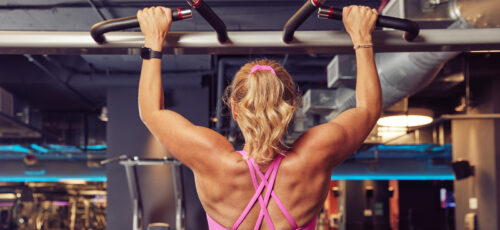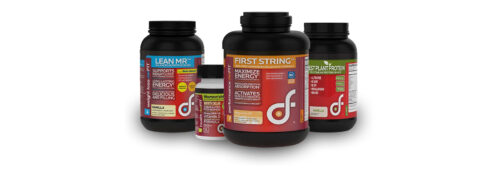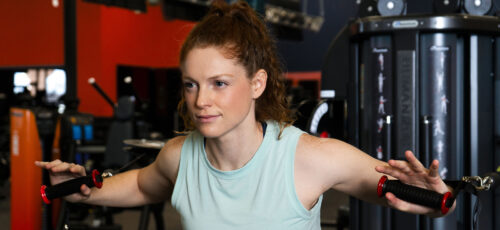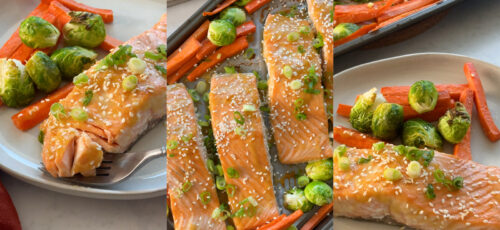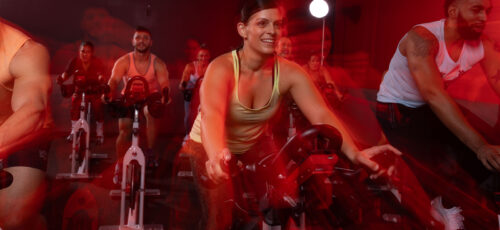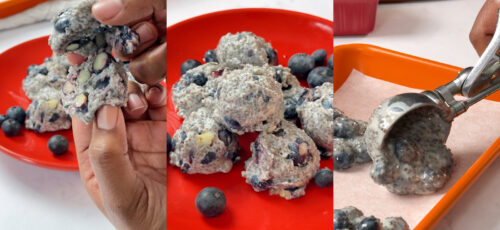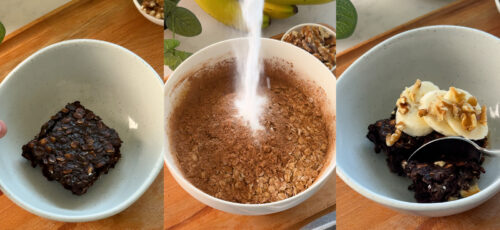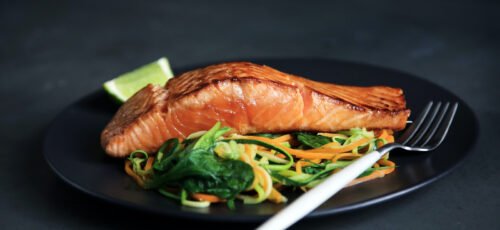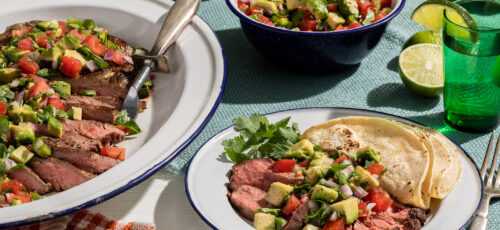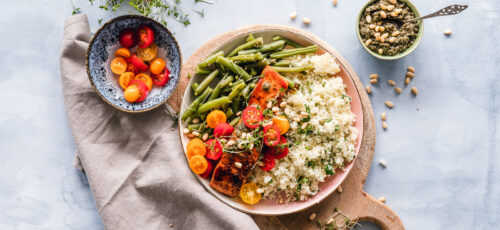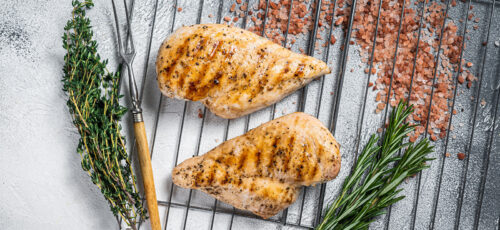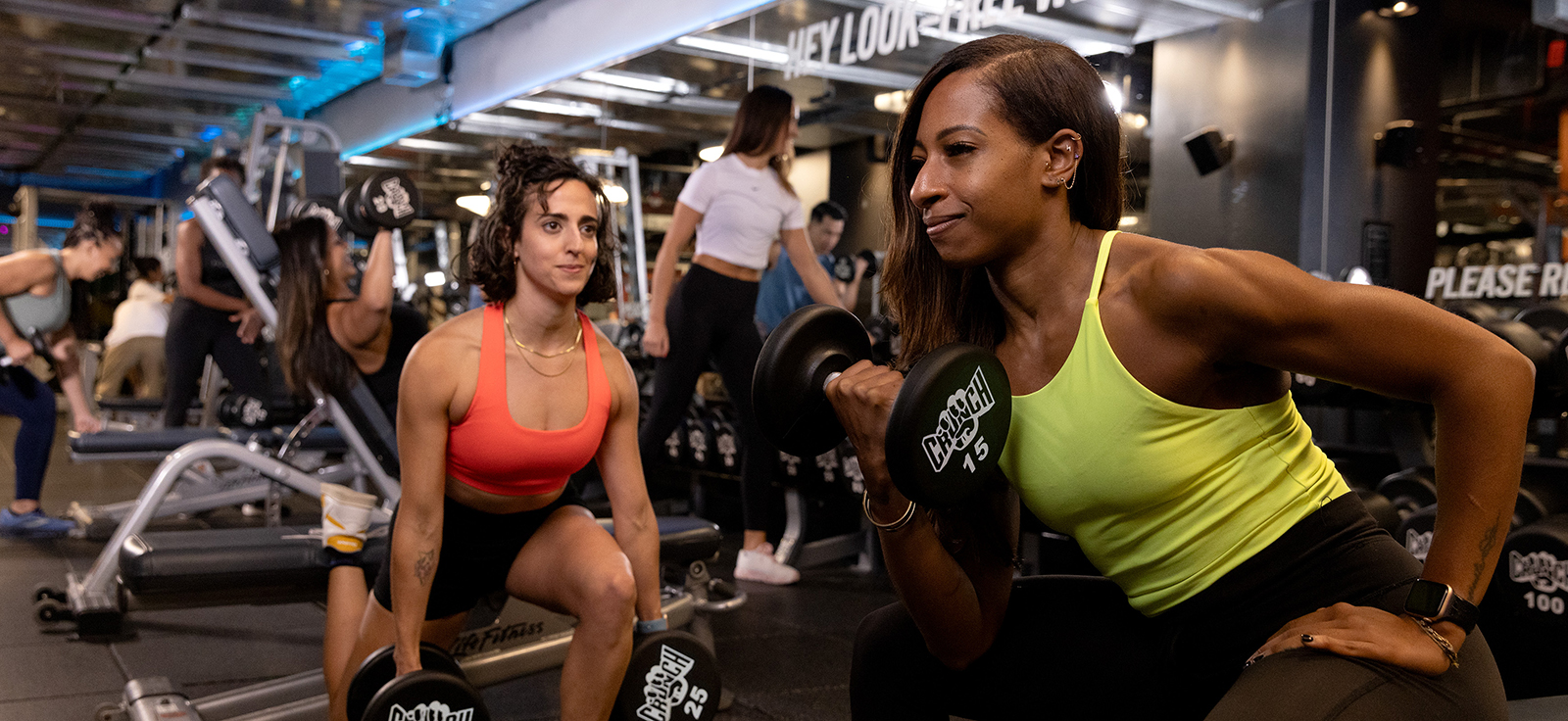
Have you ever tried lifting weights on an empty stomach? Sounds crazy until you realize it might be one of the smartest ways to burn fat and build lean muscle at the same time. Welcome to the world of intermittent fasting and strength training, a combo that’s turning heads and transforming bodies.
Intermittent fasting (IF) isn’t about starving yourself. It’s about timing your eating, like using an 8-hour eating window (say 12pm–8pm), while fasting for the rest. Incorporating resistance training into your routine transforms your body into an efficient fat-burning and muscle-building machine.
One study found that combining intermittent fasting with strength training decreased body fat while helping participants maintain muscle mass.
Why does it work?
- Your body burns more fat when insulin levels are low
- Growth hormone rises during fasting, helping with muscle repair and gain
- You’ll naturally consume fewer calories, often without even trying
The best part? You don’t need to overhaul your entire life. You need the right plan, the right schedule, and a little motivation. And that’s exactly what we’ll cover.
Let’s dive into how to make intermittent fasting and strength training your new fitness superpower.
What Is Intermittent Fasting and How Does It Work?
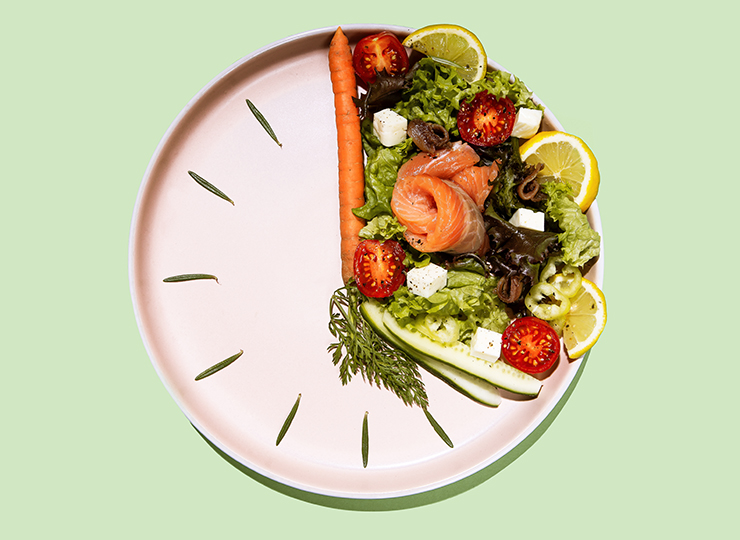
Intermittent fasting is a dietary approach that alternates between periods of eating and fasting. Unlike traditional diets that tell you what to eat, IF focuses on when you eat, making it simpler and easier to stick with long-term.
There are several popular fasting schedules to choose from:
- The 16:8 method involves fasting for 16 hours and eating within an 8-hour window, often between 12 p.m. and 8 p.m.
- The 5:2 method involves eating normally five days a week and restricting calories (500–600 calories) on two non-consecutive days.
- Eat-Stop-Eat: Involves a full 24-hour fast once or twice per week.
These methods may change, but the goal is the same: to improve metabolic health, reduce insulin resistance, and, in many cases, support longevity.
But here’s where it gets really interesting for gym-goers: when intermittent fasting and strength training are combined properly, they can enhance body composition, helping you burn fat while preserving or even increasing muscle mass.
Here’s what happens inside your body:
- During a fast, insulin levels drop and growth hormone rises, creating a hormonal environment favorable for fat burning and muscle preservation.
- Strength training stimulates muscle growth and improves insulin sensitivity, especially when paired with a protein-rich meal afterward.
- This combo helps you achieve a calorie deficit without muscle loss, leading to sustainable weight loss and better muscle recovery.
However, if you don’t consume enough calories or nutrient-dense foods during your eating period, it can lead to muscle loss or fatigue. That’s why planning your eating window around your training schedule is key to optimal performance.
Fitness Goals: Benefits of Intermittent Fasting
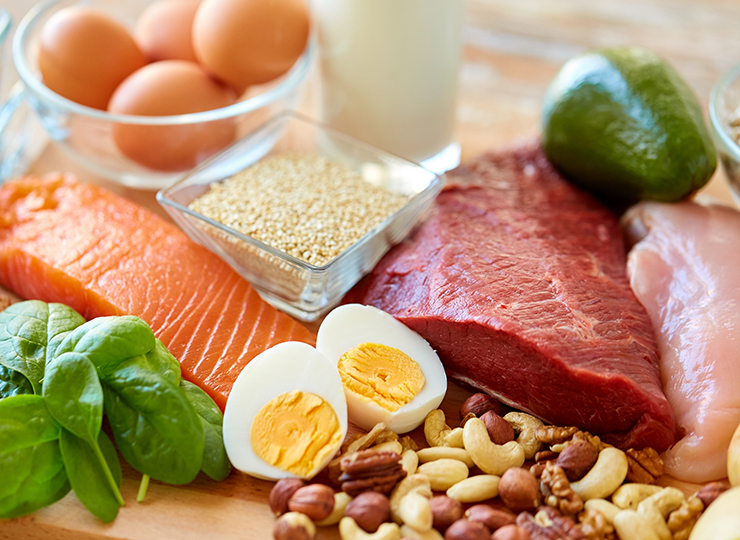
We already introduced you to the powerful combo of intermittent fasting and strength training and how it can help you burn fat and build lean muscle mass without obsessing over every snack.
Now, let’s explain further so you can make this strategy work for your body and fitness goals.
Burn More Fat, Not Muscle
We covered this, but it’s worth repeating: when you fast, your body runs low on quick energy (glucose), so it starts tapping into stored fat.
This is great for fat loss, especially in stubborn areas. Pair that with strength training, and you’re telling your body, “Hey, keep the muscle tissue, we still need it!”
Let’s illustrate: Imagine Sarah, a Crunch member in LA, started using the 16:8 method and training during the last hour of her fast. In six weeks, she dropped 8 lbs of fat and gained visible muscle definition, all without drastically lowering her calorie intake.
Hormones on Your Side
When you fast, your growth hormone levels rise naturally. This hormone plays a major role in muscle repair, fat burning, and recovery, three things gym-goers obsess over (for good reason).
Add a few weekly resistance training sessions, and your body will be primed for muscle growth without gaining excess fat.
Although intense workouts may initially feel tough, many people report fewer hunger pangs and more mental clarity during training.
Insulin Sensitivity = Better Muscle Gains
Fasting and lifting improve your insulin sensitivity, which helps your muscles use carbs more effectively. What does it mean? When you eat after training, your body soaks up nutrients like a, sponge—fueling muscle recovery instead of fat storage.
Try this: Do your workout around 11 a.m., then break your fast at noon with a meal like eggs, avocado, and oatmeal. You’ll stay full, energized, and on track with your fitness goals.
Brain Gains & Lifestyle Simplicity
Do you think intermittent fasting is just about food? No, it can also boost your mental health and simplify your routine. No more stressing about breakfast or eating every three hours. You free up time, reduce decision fatigue, and often feel more focused during workouts.
What About Muscle Recovery?
Yes, you can still build muscle while fasting. Just be smart. Time your workouts toward the end of your fasting window and eat a protein-packed meal right after. This helps your body repair and grow muscle while still benefiting from the fat-burning effects of fasting.
Quick ideas:
- Grilled chicken + brown rice + veggies
- Protein smoothie with banana, nut butter, and oats
- Turkey wrap with hummus and spinach
If you want a sustainable, balanced approach to fitness, combining intermittent fasting with strength training might be exactly what your routine needs. It’s less about quick abs and more about sustainable energy, balance, and results that go the distance.
Potential Drawbacks and Challenges

We’ve discussed the favorable aspects of combining intermittent fasting and strength training. But like any fitness strategy, this one isn’t bulletproof. Let’s be honest about the challenges we face along the way.
Muscle Loss Can Happen
Yes, muscle mass is precious, and if you’re not eating enough during your eating window, your body may start tapping into muscle tissue for energy. That’s the opposite of what we want.
The fix: Prioritize protein intake. Aim for about 1.6–2.2g of protein per kg of body weight per day. Think grilled chicken, Greek yogurt, protein shakes, lentils—whatever fits your vibe. The goal is to maintain muscle mass even in a calorie deficit.
Energy Dips Are Real
Lifting heavy on an empty stomach isn’t for everyone. Some folks feel great; others crash halfway through squats. Your energy levels during fasted workouts can vary depending on your diet, sleep, and stress.
Try this: Experiment. Some gym-goers thrive with fasted cardio but need fuel for strength days. Find the mix that supports your fitness goals and your schedule.
Recovery Requires Strategy
If your fasting window is too tight, you may struggle to refuel properly after training, slowing muscle repair and growth.
Solution? Time your workout near the end of your fast, then eat a nutrient-dense meal post-lift. It helps maximize muscle recovery while sticking to your routine.
Remember: progress isn’t just about what you do, it’s also about how well you recover.
How to Maximize Results Without Burning Out
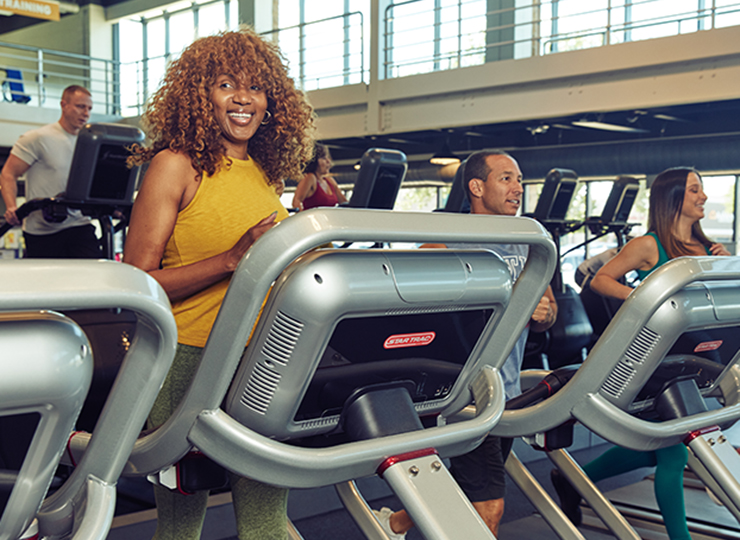
Now that we’ve presented different options, are you ready to commit to intermittent fasting and strength training? Before you go fully into it, let’s discuss strategy. Like any powerful combination, it works best when approached wisely.
Here are three tips to keep your muscle gains and fat loss on point.
Make Protein Your Ride-or-Die
If there’s one thing your body is begging for during your eating window, it’s high-quality protein. Whether you’re into lean meats, eggs, Greek yogurt, tofu, or protein shakes get those amino acids in to fuel muscle repair and growth.
Build meals around protein first, then layer in carbs and healthy fats. Think: grilled chicken wrap with avocado and quinoa, or eggs with spinach and whole grain toast.
Match the Method to Your Routine
Not all fasting styles fit all lifestyles. The 16:8 method is a gym favorite because it gives you a solid 8-hour eating period, perfect for fitting in both your lift and recovery meal.
Example: If you train at 11 a.m., schedule your first meal at noon. You’ll feel fueled, not fried, and still hit your macros in the window.
Pay Attention to Your Body
Feeling wiped, losing strength, or noticing muscle loss? That’s your body waving a red flag. It might mean your calorie intake is too low or your fasting schedule too aggressive.
Give yourself grace. Adjust. Eat more nutrient-dense foods, shift your workout timing, or try a new schedule. Fitness should feel empowering, not exhausting.
Is This Combo Your Perfect Match?
Intermittent fasting and strength training sound like a power couple, but is it your kind of relationship? Before you fully commit, it’s worth asking: Does this strategy align with your body, your goals, and your lifestyle?
Here’s how to figure it out:
If Fat Loss Is Your Goal…
You’re in luck. This combo shines when the aim is to burn fat without sacrificing muscle mass. Fasting lowers insulin levels and turns up your body’s fat-burning engine. Add some solid resistance training, and you have a formula that helps you lose fat while holding on to those hard-earned gains.
But If You’re Trying to Bulk…
Here’s the thing: building muscle requires more calories, more meals, and more flexibility. If your eating window is too tight, getting enough nutrients and protein to fuel serious muscle growth can be tough, especially for hard gainers.
That doesn’t mean it’s impossible but it might require planning, bigger meals, or adjusting your fasting schedule.
Reach Your Fitness Goals With Crunch
No matter your fitness level or goals, Crunch Fitness offers the tools, support, and motivation to help you succeed. Crunch promotes a culture of positivity, inclusivity, and fun with no judgments by providing an environment for all individuals regardless of their health and fitness goals. Find a Crunch gym near you to try our free trial membership, or join Crunch now. We’re here for you – at the gym or at home. Access the best live & on-demand workouts anytime, anywhere with Crunch+. Ready to get sweaty? Try hundreds of workouts for free! Start your free trial now!












